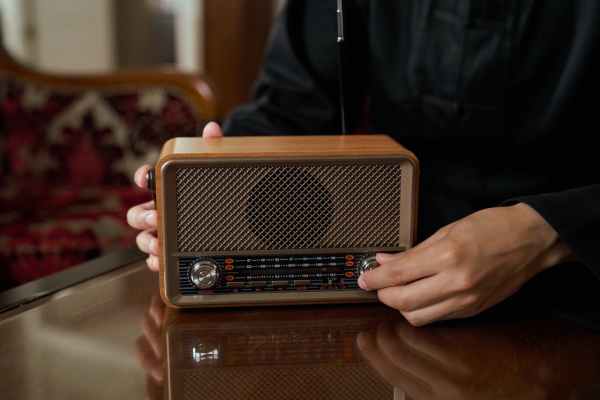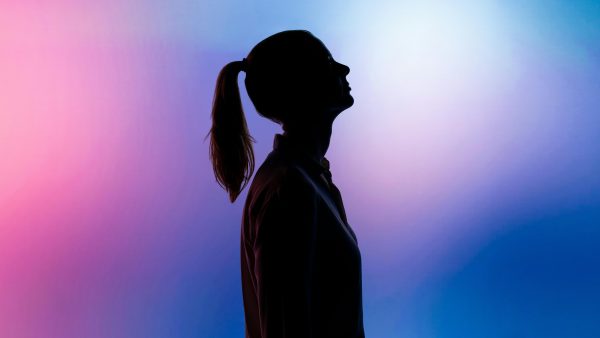When was the first mobile phone ever invented?
Motorola engineer Martin Cooper never imagined that his project would become one of the most important technological inventions in history. He was the first person to make a call with a mobile phone. For years, the engineer researched and developed innovations that were unique in the world. On 17 October 1973, he succeeded in creating the so-called Radio Telephone System, the popular telephone system.
Thanks to this telephone system, Cooper was able to make the first ever mobile phone call with the DynaTAC 8000X mobile phone. This first communication originated on a street in New York, and was addressed to Joel Engel, his greatest technological opponent, an electronics engineer at AT&T.
What did the DynaTAC 8000X look like?
This first model weighed 1.1 kg and measured 33 x 4.5 x 8.9, quite thick compared to today’s phones. The first mobile phone only offered 30 minutes of talk time and needed 10 hours of charging to work properly. The company launched it on 13 March 1983, for a hefty price of USD 3,995.
Although its dimensions and technology were not very functional, the user did not need to be tethered to a landline to make a call. A year after its launch, nearly 300,000 people around the world owned a DynaTAC 8000X.
Technological advances in recent years, mainly in telecommunications infrastructures such as the development of the 5G mobile network, have allowed this invention to become the smart devices or smartphones used today. At the moment, a single terminal is capable of offering multiple functionalities beyond those already known: making and receiving calls anywhere in the world, photo and video camera, calculator or diary. Thanks to the mobile phone, users can surf the Internet, play video games, meet new people, watch their favourite films, have an up-to-date map and be able to follow directions to their destination, have a quality medical appointment and even take their work with them wherever they go.
How has the mobile phone evolved?
The popularisation of the mobile phone did not materialise until the 1990s. In 1990, the number of mobile users was close to 11 million. Today, according to Data eportal’s annual report, published in partnership with We Are Social and Hootsuite, more than 5 billion people worldwide use a mobile phone, representing 68% of the world’s population. In addition, figures indicate that users spend 30% of their waking lives using these devices.
Following Motorola’s success, competitors began to develop their own prototype mobile phones. The next to become popular was the Mobira Cityman, a device created by Nokia that was launched in 1987. It weighed 76 grams, and featured significant improvements over the DynaTAC. A year later, Samsung launched its first analogue display mobile, the SH-100. Although it was a sales failure, it laid the foundation for the brand’s current cutting edge.
Gradually, the mobile phone evolved by adding new functionalities. On 3 December 1992, another major event took place: the first text message in history was sent. A Vodafone developer sent it to company director Richard Jarvis during the Christmas party. The text simply said: “Merry Christmas”.
In that year, Spain experienced a boom in mobile telephony, reaching 180,000 users, and by the end of 1995, when Movistar started operating, it had nearly one million customers, 125% more than the previous year. At that time, the mobile phone began to become an everyday device.
The first smartphone in history
After the cordless phone, the first mobile phone that could be considered a smartphone with applications and a touch screen was created in 1994: the IBM Simon, although this novelty did not achieve great popularity. This was followed by slider phones, such as the Motorola StarTAC. This clamshell device introduced vibration.
With vibration came the QWERTY6 keyboard. The Nokia Communicator 9000 was marketed in 1996, the first mobile phone with a keyboard and business-related functions, such as e-mail, fax, word processing, etc. In 1998 came the Siemens S10, the first model with a colour screen.
With the turn of the millennium, the aesthetics of phones flourished, becoming smaller and lighter. The Nokia 3310 is considered the most iconic mobile phone in history, thanks to its long battery life the user could talk all day or leave the device on standby for up to a month. The company sold more than 126 million units.







